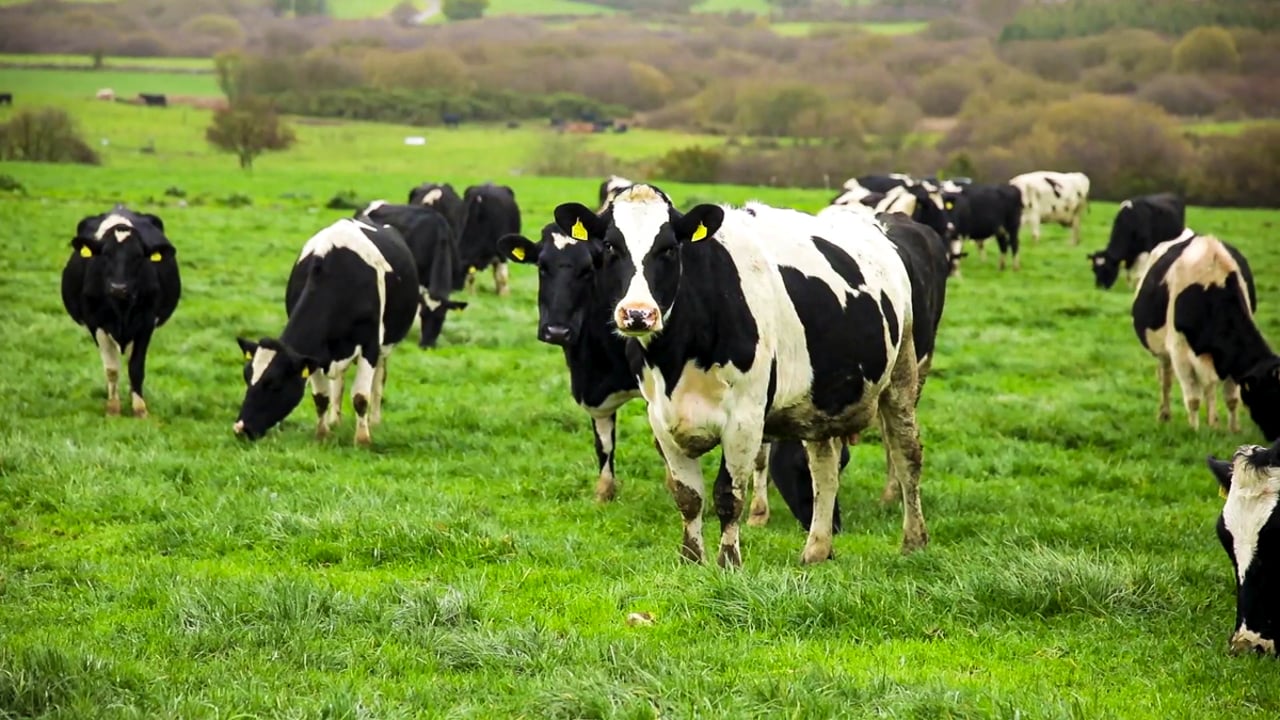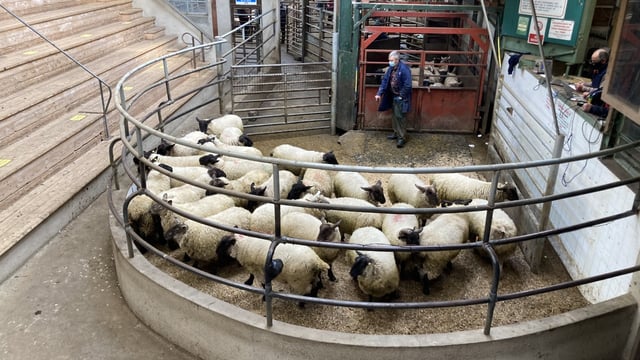Using heat detection to achieve key reproductive targets
During the recent Teagasc/ICBF (Irish Cattle Breeding Federation) breeding week, three key reproductive targets were identified as being critically important in seasonal-calving dairy herds.
George Ramsbottom, a dairy specialist with Teagasc, outlined the breeding guidelines for spring 2021, and advice on managing late-calving dairy cows.
George stated: ''Fundamental to achieving the reproductive targets outlined [below] is efficient heat detection.''
''A 'missed heat' can cost almost €150 when it occurs during a 12-week breeding season,'' he added.
''Failure to correctly identify cows in heat, and inseminating them at the incorrect time, are major limitations to achieving excellent reproductive performance.''
George outlined: ''Research conducted by Stephen Moore at Teagasc Moorepark has recently been published, summarising the heat activity of dairy cows at pasture.
''On average, increased activity associated with heat lasted for 17.2 hours, while mounting activity lasted for an average of 8.7 hours.
''However, there was considerable variation between cows in the duration of both heat activity and standing heat," he added.
''The implication of this finding is that the use of heat detection aids is absolutely critical to achieving a high heat detection rate.
''Old research from the 1990s supports this finding in that compared to three times daily heat detection, the use of an aid increased heat detection rate by 20%.''
George outlined that a variety of heat detection aids are available for use on dairy cows and maiden heifers.
When used correctly, all are effective at increasing heat detection rate:
Irrespective of the aids used, George recommended that farmers should begin heat detection three to four weeks before breeding begins, in order to establish which cows are cycling and which will require further intervention.





